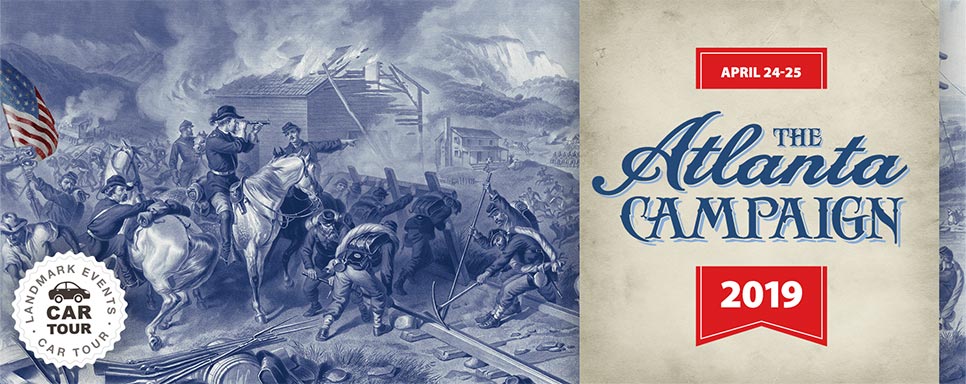
“I remember the days of old; I meditate on all that you have done; I ponder the work of your hands.” —Psalm 143:5
General Lee Surrenders at Appomattox,
April 9, 1865
“After four years of arduous service, marked by unsurpassed courage and fortitude, the Army of Northern Virginia has been compelled to yield to overwhelming numbers and resources.”
 o began General Order Number 9, a letter from General Robert E. Lee to his army regarding surrender to General Ulysses S. Grant and the Army of the Union. The War had changed America for all time, and resulted in a new Republic of consolidated powers in the central government, and shortly thereafter, a radical social change in the South with the abolition of slavery, citizenship and the right to vote for the former bondsmen. The political party of Abraham Lincoln thereafter won every presidential election but one, for the next forty-six years. o began General Order Number 9, a letter from General Robert E. Lee to his army regarding surrender to General Ulysses S. Grant and the Army of the Union. The War had changed America for all time, and resulted in a new Republic of consolidated powers in the central government, and shortly thereafter, a radical social change in the South with the abolition of slavery, citizenship and the right to vote for the former bondsmen. The political party of Abraham Lincoln thereafter won every presidential election but one, for the next forty-six years.
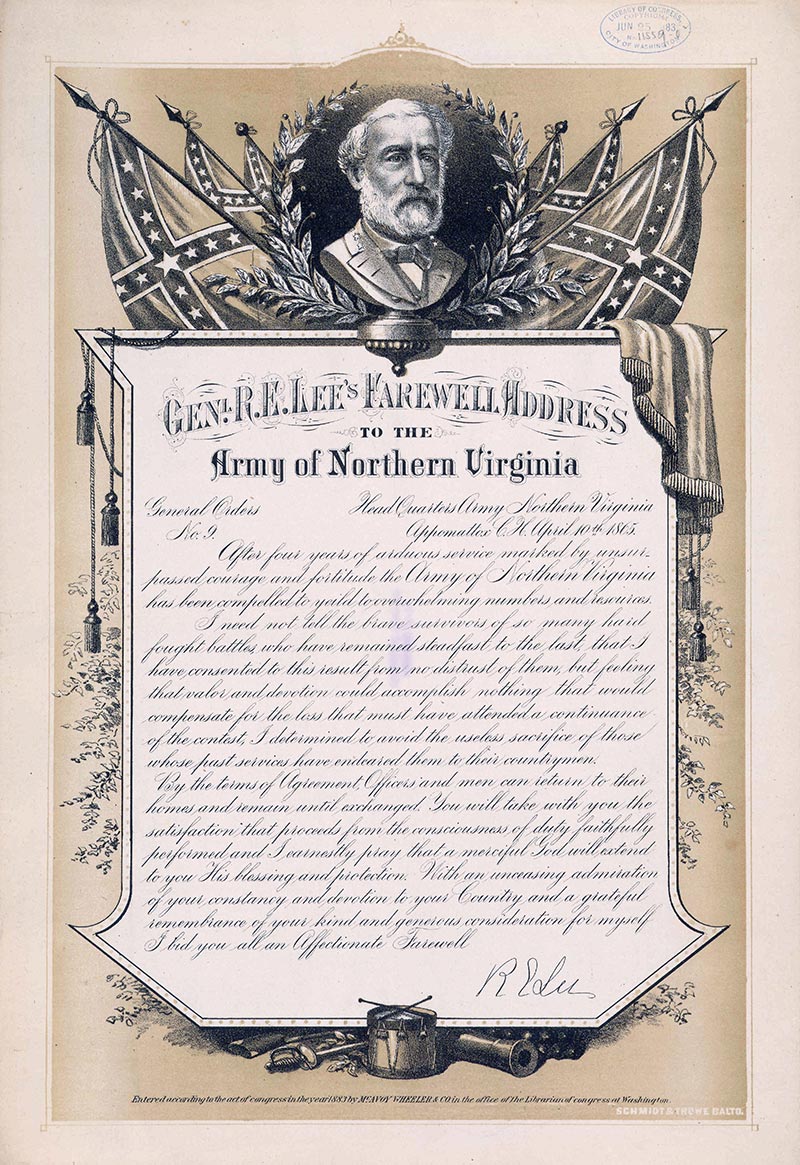
The Farewell Address of General Robert E. Lee known as General Order No. 9 to the Army of Northern Virginia on April 10, 1865, from an 1883 Library of Congress reprint
[Read full text of Lee’s farewell address]

Map of states that seceded to form the Confederate States of America
|
In 1861, eleven states voted to leave the Union that their grandfathers had created. Previous states had explored the possibility of secession, particularly the New England States in 1814, and the topic had been discussed periodically through the century. Seven deep South states, led by South Carolina, organized a Confederacy, fearful that the Republican Party, the successor to the Whigs, with the addition of various special interest parties and groups — Free Soil, Abolitionists, Know Nothings, etc. — were inimical to Southern interests. When the new President, Abraham Lincoln, after the shelling of Fort Sumter, called for troops from every non-seceded state to “suppress the rebellion,” four more states broke away, refusing to make war on their brethren.
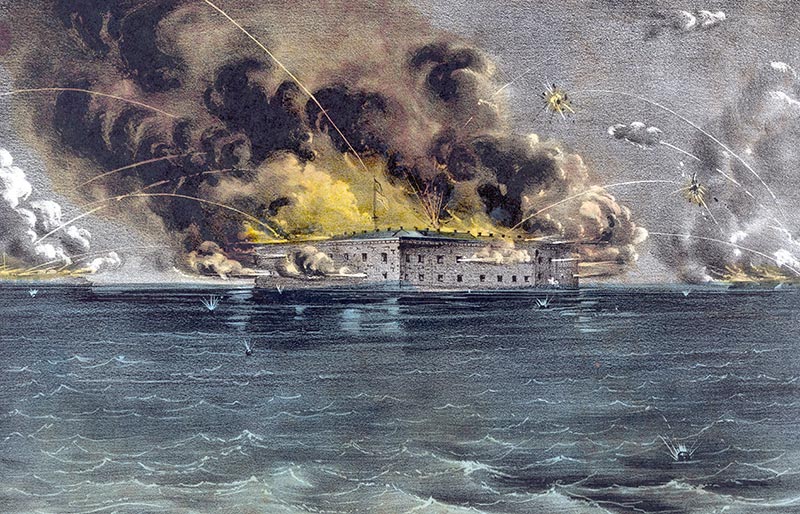
The bombardment of Fort Sumter, 1861
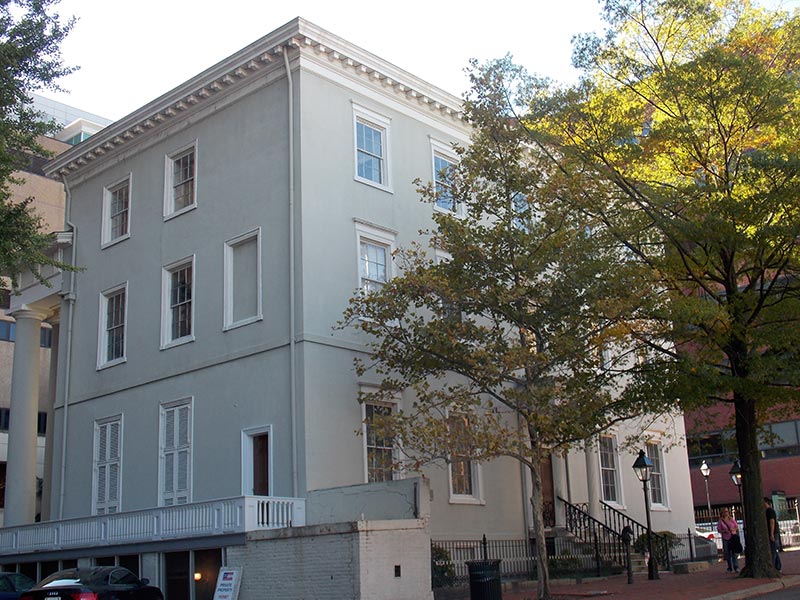
White House of the Confederacy in Richmond, Virginia
|
The new Confederacy started from scratch to produce armies to defend themselves from the inevitable invasions, and to set up a military infrastructure and trade routes to European suppliers, in order to arm and sustain those armies. They created a navy, retooled factories, and most importantly, created a government which they installed in Richmond, Virginia, a mere ninety miles from the U.S. Capitol in Washington, D.C. The war spread into three geographical areas — the eastern theatre from the Alleghenies to the Atlantic, the western theatre, from the Mississippi River to the Alleghenies, and the trans-Mississippi, which saw fighting as far as New Mexico and Arizona. The naval war was fought by the brown-water navies on the rivers, and the blue-water ocean-going navies around the globe. The Northern forces possessed a much larger population, and incredibly more industry and resources.
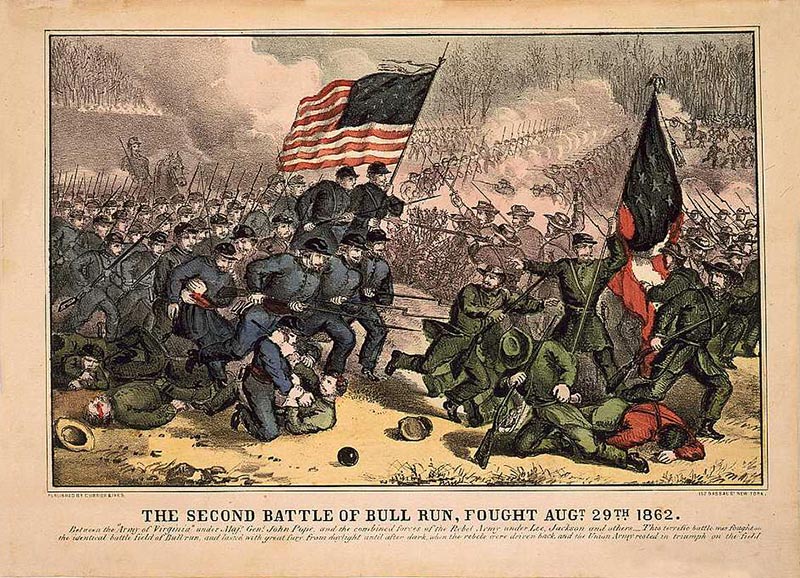
The Battle of Second Manassas / Bull Run, August 28–30, 1862
Virginia General Robert E. Lee took command of the main CSA army in the East during the Peninsula Campaign of March-July, 1862. His “Army of Northern Virginia” fought six major campaigns over the next three years against the Union “Army of the Potomac,” winning victory after costly victory (Peninsula, II Manassas/Antietam, Fredericksburg/Chancellorsville) until defeat at Gettysburg. In the Overland Campaign of the spring and summer of 1864, the most successful Union General in the Western Theatre of the War, Ulysses S. Grant was brought east and given carte blanche to destroy Lee’s army. The Confederates repelled attack after attack in a war of attrition, out-maneuvering Grant and inflicting immense casualties in the process. Lee’s troops were relentlessly battered by superior numbers, without recourse to replacements, until the two armies faced each other across a no-mans-land around the strategic city of Petersburg.
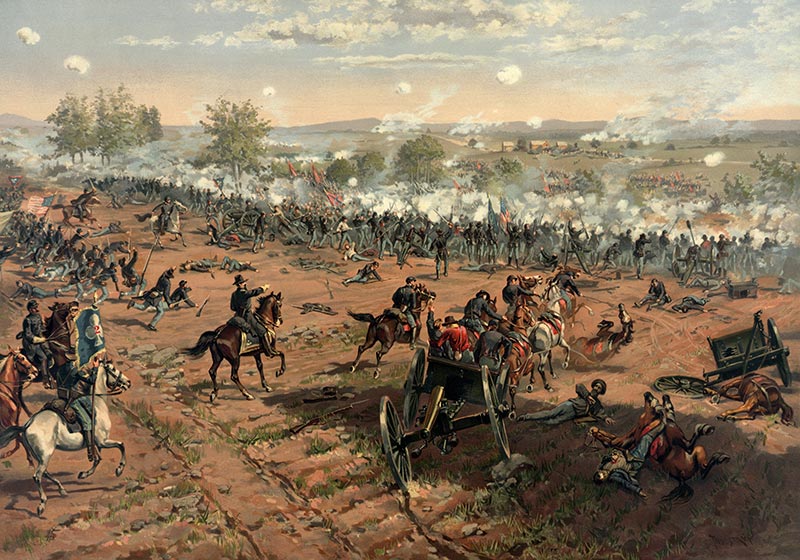
Pickett’s Charge was an infantry assault ordered by Confederate General Robert E. Lee against Major General George G. Meade’s Union positions on July 3, the last day of the Battle of Gettysburg (July 1-3, 1863)
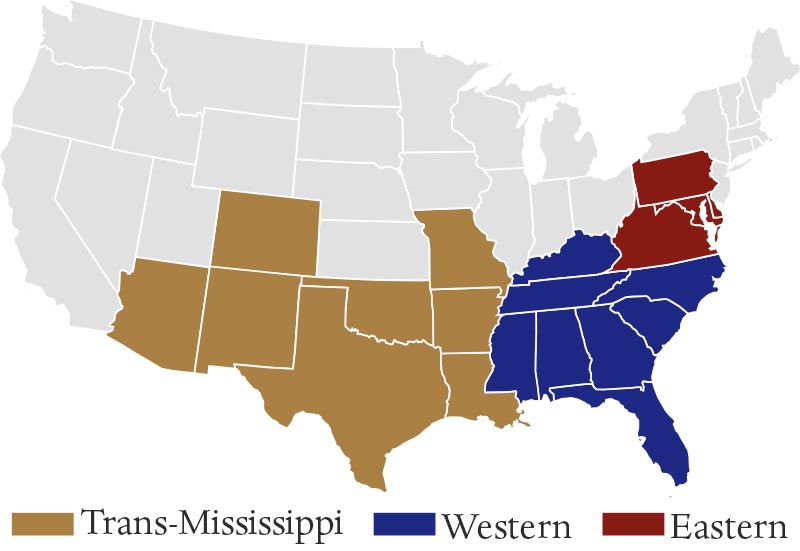
Three major theatres of the Civil War
|
From June, 1864 to April, 1865, the two armies fought in entrenchments, the Union trying to flank the Confederates out of their line, the Confederates blocking and fighting to keep the railroads running and Richmond intact. After a grueling ten months of assaults, repulses, underground mine explosions, sharpshooting, and flank attacks, the Union had lost some 42,000 men and the Confederates 28,000, but on April 2, the Federal troops finally broke through the line, forcing Lee to abandon Petersburg and Richmond. In a fox-and-hounds retreat, seeking to lead his disintegrating army through to Lynchburg and get food for his starving survivors, General Lee was finally trapped near Appomattox Court House. He agreed to meet General Grant on April 9 and surrender the Army of Northern Virginia. They met in the McLean House, where Grant offered generous terms to his beaten foe, and Lee accepted. The surrender began a total unravelling of the Confederacy and within a month, all the major forces had surrendered. Lee concluded the last order to his troops:
“With an unceasing admiration of your constancy and devotion to your Country, and a grateful remembrance of your kind and generous consideration for myself, I bid you an affectionate farewell.”
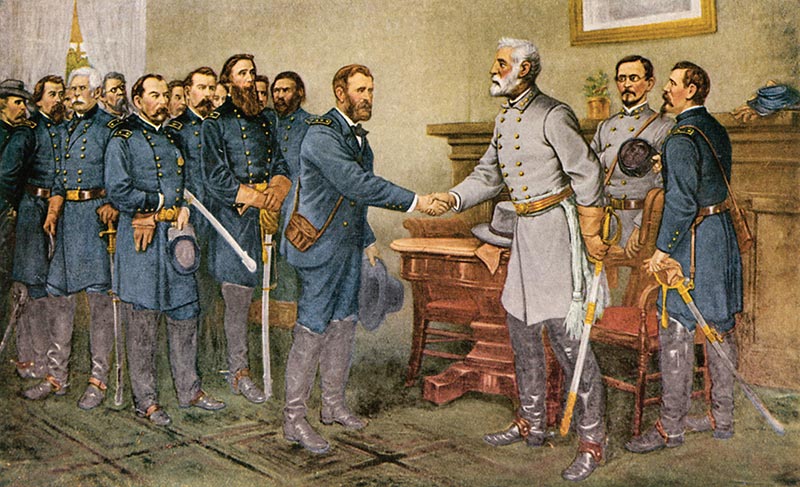
Union General Ulysses S. Grant accepts Confederate General Robert E. Lee’s surrender at the McLean house at Appomattox Courthouse, Virginia on April 9, 1865
Their country had gone from the United States are to the United States is, at a price that can never be forgotten.

Image Credits:
1 Farewell Address (Wikipedia.org)
2 CSA Map (Wikipedia.org)
3 Fort Sumter (Wikipedia.org)
4 White House of the Confederacy (Wikipedia.org)
5 Battle of II Manassas (Wikipedia.org)
6 Battle of Gettysburg (Wikipedia.org)
7 Surrender at Appomattox (Wikipedia.org)
|






